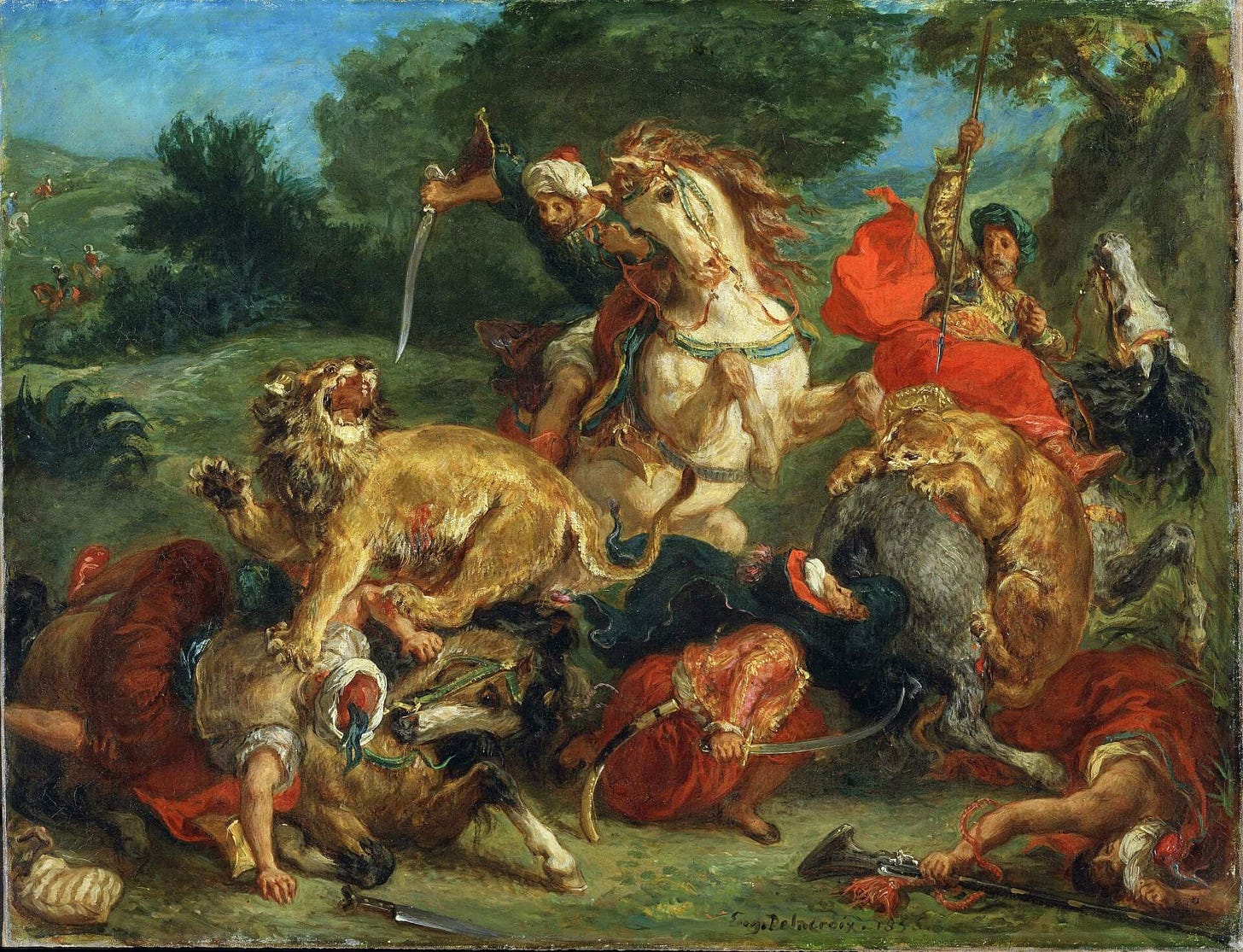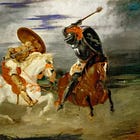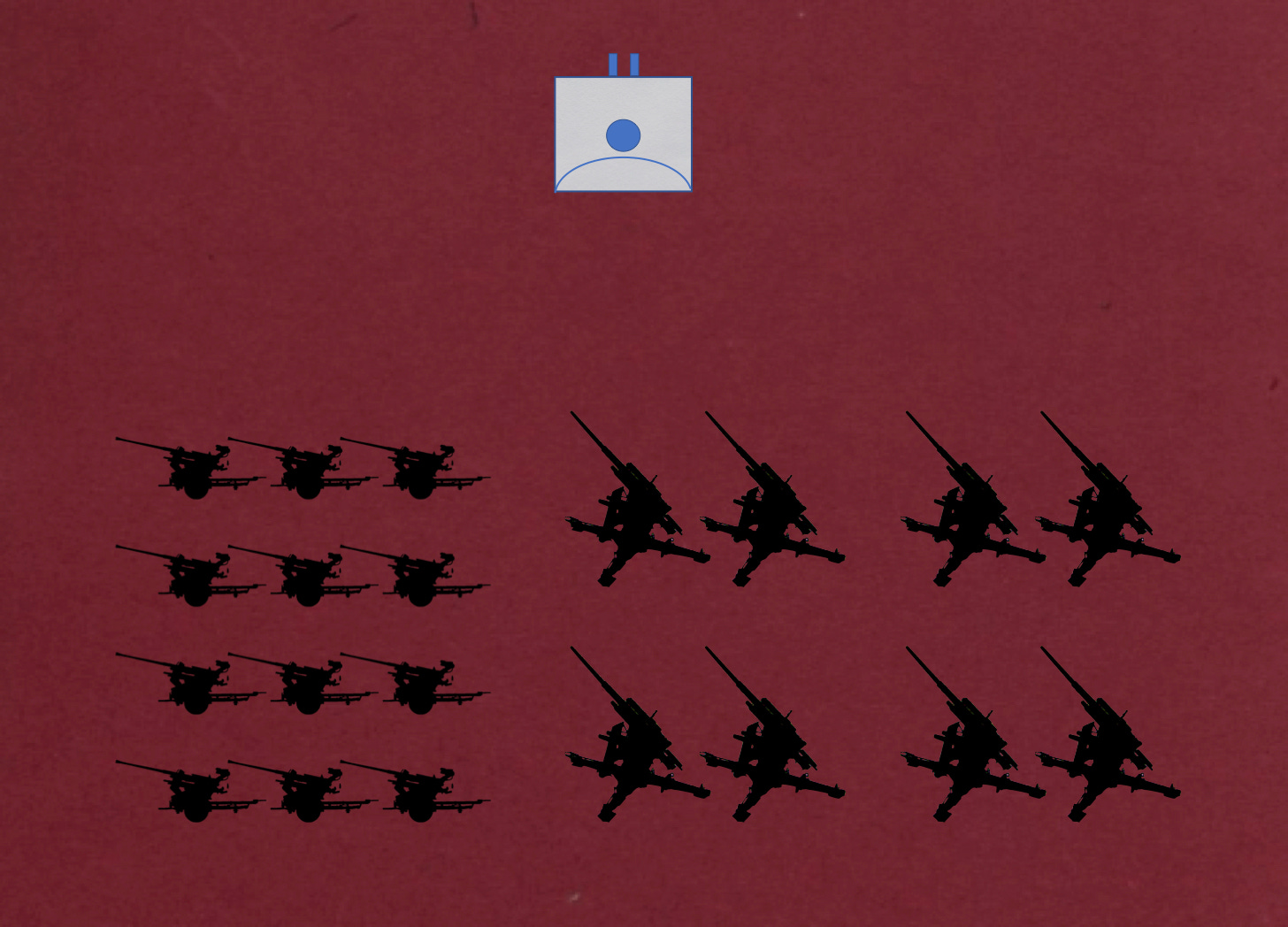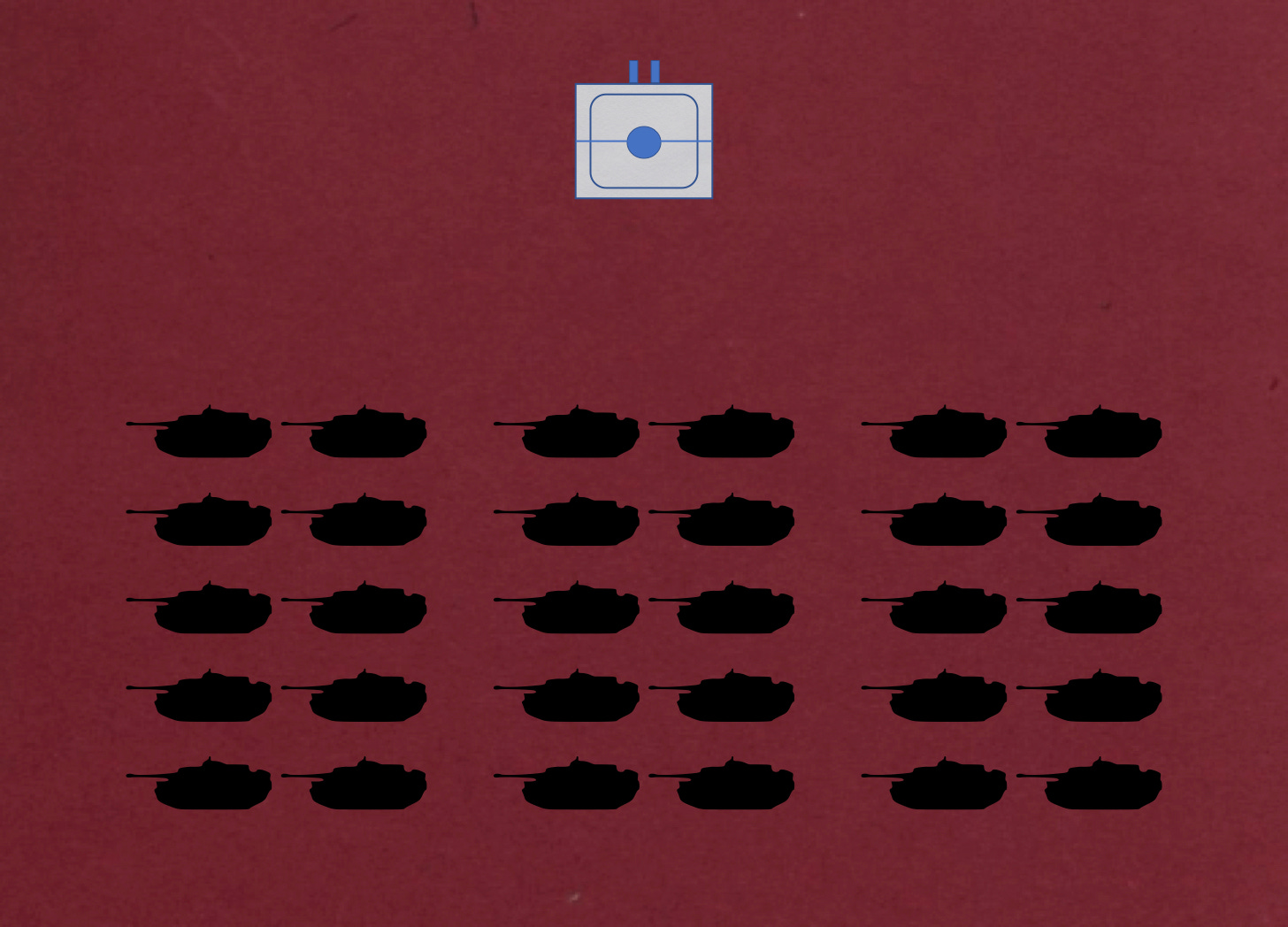Assault and Battery II
An Organizational Division Game about the 78th Assault Division
This is the second post in a decision-forcing case study, an exercise that puts you in the position of a leader who, at some time in the past, found himself faced with a challenging decision. As the decision in question belongs to the realm of organization, this case also qualifies as an “organizational decision game.”
If this is your first decision game, you may wish to read the following article.
If you have not done so before, please read the first post in this game.
You are Major General Paul Völckers, commanding general of the 78th Assault Division. A veteran of the Prussian Army of the First World War, the army of the Weimar Republic, and the “Blitzkrieg Years” of the current conflict, you have commanded a rifle platoon, a field artillery battery, a machine gun company, several rifle companies, two infantry battalions, an infantry regiment, and the motorized infantry brigade of an armored division.
On 16 January 1943, at a meeting of the regimental and battalion commanders of your division, you explain the purpose of the formation that they are putting together.
An assault division is an operational formation [operativer Verband] that is entirely motorized.
In the attack, it is a focus-of-effort formation [Schwerpunkt-Verband]. Thanks to its organization and equipment, it is particularly well-suited to operational flank-protection.
In the defense, it serves as a “breakwater” to the main effort [Schwerpunkt] of strong enemy attacks and the “terror of tanks” [Panzer-Schrecken] during strong enemy tank attacks. In crisis situations, it serves as a “point of crystallization” for fragments of other units. To that end, it is equipped with a lot of heavy weapons.
The structure [of the division] facilitates the employment of the division as battle groups [Kampf-Gruppen] and the incorporation of elements from other formations.
You also explain that, as the 78th Assault Division is a one-of-a-kind formation composed of elements drawn from a variety of sources, you expect it to experience of a number of “childhood diseases” [Kinder-Krankheiten] before it acquires its final form.
Finally, you describe the elements of the division that are either on hand, en route, or under construction: the three assault regiments, the headquarters of the field artillery regiment, and the five autonomous battalions.
For purposes of administration, three of the autonomous battalions (the heavy field artillery battalion, the anti-aircraft battalion, and the assault gun battalion) have been subordinated to the headquarters of the field artillery regiment. The commanding officers of the other two autonomous battalions (the anti-tank battalion and the mortar battalion) report directly to you.
The anti-tank battalion consists of two companies, each of which is armed with thirteen self-propelled 75mm anti-tank guns. Also known as “Martins” [Marder], these lightly armored, fully-tracked, vehicles have been optimized for the conduct of ambushes and “hit-and-run” tactics.
Like other units of its type, the anti-tank battalion belongs to the Quick Troops [Schnelle Truppen] branch of the German Army.
The mortar battalion is divided into three companies, each of which is armed with twelve 120mm heavy mortars. Notwithstanding its ability to conduct sustained bombardments and its predilection for indirect fire, the mortar battalion qualifies as an infantry unit.
The heavy field artillery battalion is organized into three batteries, each of which employs four 150mm heavy field howitzers. (Strictly speaking, these are “gun-howitzers.” However, as German gunners see these pieces as the direct descendants of the heavy field howitzers of the First World War, they have retained the traditional nomenclature.)
The anti-aircraft battalion has two heavy batteries (each of four 88mm guns) and one light battery (of twelve 20mm guns.) While optimized for firing upon airplanes, both types of anti-aircraft guns in the inventory of the anti-aircraft battalion have been used, often with great success, as anti-tank weapons. In a pinch, moreover, they have been employed in the manner of field artillery pieces. (Such work, however, leads quickly to the wearing out of the barrels.)
The assault gun battalion is composed into three batteries, each of which consists of ten assault guns.
The Problem
Knowing what you know about the elements that are, or will become, available to you, come up with an organizational scheme for your division. In particular, how to you propose to manage the cooperation among the three assault regiments and the five autonomous battalions? How will you make use of the headquarters of the field artillery regiment?
Solutions: A précis of solutions offered by players of this game can be found via the following link:
Source: 78 Sturm Division, Ia, Anlagenband F zum Kriegstagebuch, Umgliederung [78th Assault Division, Appendix F to the War Diary of the Operations Section, Reorganization], US National Archives, Captured German Records, Microfilm Series T-315, Roll 1100, frames 108-118













To tendentiously tangentially riff off this (😜) what do you think of the Soviet Machine Gun/Artillery Division and it’s Machine Gun/Artillery Battalions?
Skipping right on over "growing pains" to "childhood illness" 😏 very comforting. Either it works, or it get the German Measles and perishes?